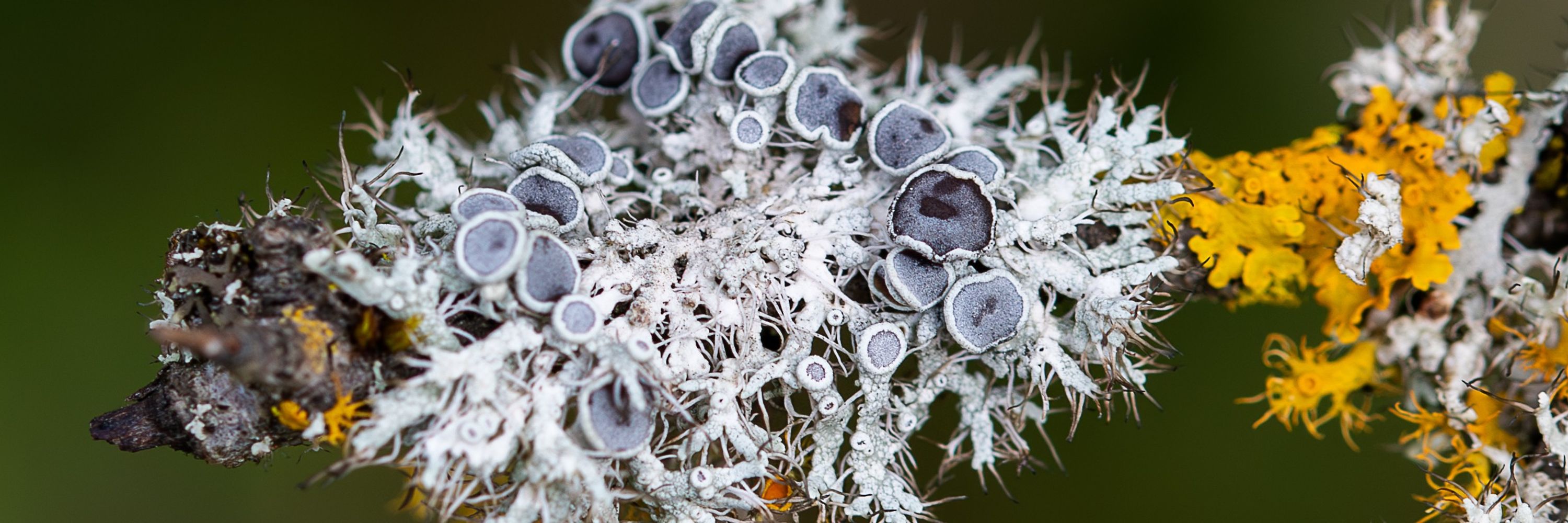

doi.org/10.1101/2025...
Here, we identified and functionally validated a novel master regulator of intracellular symbioses!
A thread ...
#PlantScience

doi.org/10.1101/2025...
Here, we identified and functionally validated a novel master regulator of intracellular symbioses!
A thread ...
#PlantScience

doi.org/10.1101/2025...
Here, we identified and functionally validated a novel master regulator of intracellular symbioses!
A thread ...
#PlantScience
Congratulations @leocastanedo.bsky.social @katharinamel1.bsky.social et al. !
It has been a long journey, from developing ericoid-mycorrhizae in the lab (Leo) to the genetics in Marchantia (Katharina), and many other details (#teamwork)
doi.org/10.1101/2025...
Here, we identified and functionally validated a novel master regulator of intracellular symbioses!
A thread ...
#PlantScience

Congratulations @leocastanedo.bsky.social @katharinamel1.bsky.social et al. !
It has been a long journey, from developing ericoid-mycorrhizae in the lab (Leo) to the genetics in Marchantia (Katharina), and many other details (#teamwork)
🌿🌿Our article on fern immunity has been peer-reviewed 🌿🌿
Thanks to @madeleinebaker.bsky.social @kellerjeanphd.bsky.social @maximebonhomme.bsky.social @pierremarcdelaux.bsky.social and @jacquet-chris.bsky.social
a quick thread 🧵 1/4

🌿🌿Our article on fern immunity has been peer-reviewed 🌿🌿
Thanks to @madeleinebaker.bsky.social @kellerjeanphd.bsky.social @maximebonhomme.bsky.social @pierremarcdelaux.bsky.social and @jacquet-chris.bsky.social
a quick thread 🧵 1/4

🌿🌿Our article on fern immunity has been peer-reviewed 🌿🌿
Thanks to @madeleinebaker.bsky.social @kellerjeanphd.bsky.social @maximebonhomme.bsky.social @pierremarcdelaux.bsky.social and @jacquet-chris.bsky.social
a quick thread 🧵 1/4
doi.org/10.1186/s129...
Congrats on this huge team effort to @baptistebio.bsky.social @madeleinebaker.bsky.social @kellerjeanphd.bsky.social @maximebonhomme.bsky.social @pierremarcdelaux.bsky.social
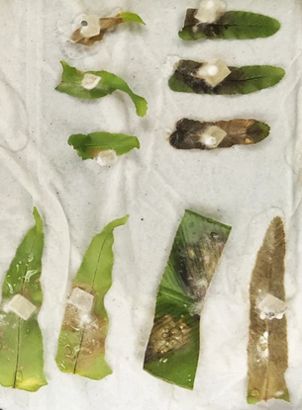
doi.org/10.1186/s129...
Congrats on this huge team effort to @baptistebio.bsky.social @madeleinebaker.bsky.social @kellerjeanphd.bsky.social @maximebonhomme.bsky.social @pierremarcdelaux.bsky.social
The continuation of a long standing project started by @oswaldovaldesl.bsky.social in @jeanmichelane.bsky.social‘s lab. 1/7 🧵

The continuation of a long standing project started by @oswaldovaldesl.bsky.social in @jeanmichelane.bsky.social‘s lab. 1/7 🧵
Congrats @melaniekrich.bsky.social @tatiana-vernie.bsky.social et al. for the hard work!
EPP1 is the fourth member of the Common Symbiosis Pathway 🍄🌱!
The continuation of a long standing project started by @oswaldovaldesl.bsky.social in @jeanmichelane.bsky.social‘s lab. 1/7 🧵

Congrats @melaniekrich.bsky.social @tatiana-vernie.bsky.social et al. for the hard work!
EPP1 is the fourth member of the Common Symbiosis Pathway 🍄🌱!
130 bryophyte genomes!
www.nature.com/articles/s41...

130 bryophyte genomes!
www.nature.com/articles/s41...

130 bryophyte genomes!
www.nature.com/articles/s41...
Very happy to represent TSL and the Nobori group at the Norwich Research Park football event.
We even managed to bring home the wooden spoon 🥄😉
Everyone had fun and TSL even earned the wooden spoon! 🥄
Huge thanks to the organisers! ⚽
📷 @dianagdlc.bsky.social

Very happy to represent TSL and the Nobori group at the Norwich Research Park football event.
We even managed to bring home the wooden spoon 🥄😉
Everyone had fun and TSL even earned the wooden spoon! 🥄
Huge thanks to the organisers! ⚽
📷 @dianagdlc.bsky.social

Everyone had fun and TSL even earned the wooden spoon! 🥄
Huge thanks to the organisers! ⚽
📷 @dianagdlc.bsky.social
Great teamwork between @lrsv-toulouse.bsky.social and LGDP-Perpignan 😎🥳🌱
academic.oup.com/plcell/advan...

Great teamwork between @lrsv-toulouse.bsky.social and LGDP-Perpignan 😎🥳🌱
academic.oup.com/plcell/advan...




Please welcome Nissolia brasiliensis, the new non-nodulating model legume ☘️ developped by Camille Girou in the team!
Work led by Tatiana, with input from many!
www.biorxiv.org/content/10.1...

Please welcome Nissolia brasiliensis, the new non-nodulating model legume ☘️ developped by Camille Girou in the team!
Work led by Tatiana, with input from many!
www.biorxiv.org/content/10.1...
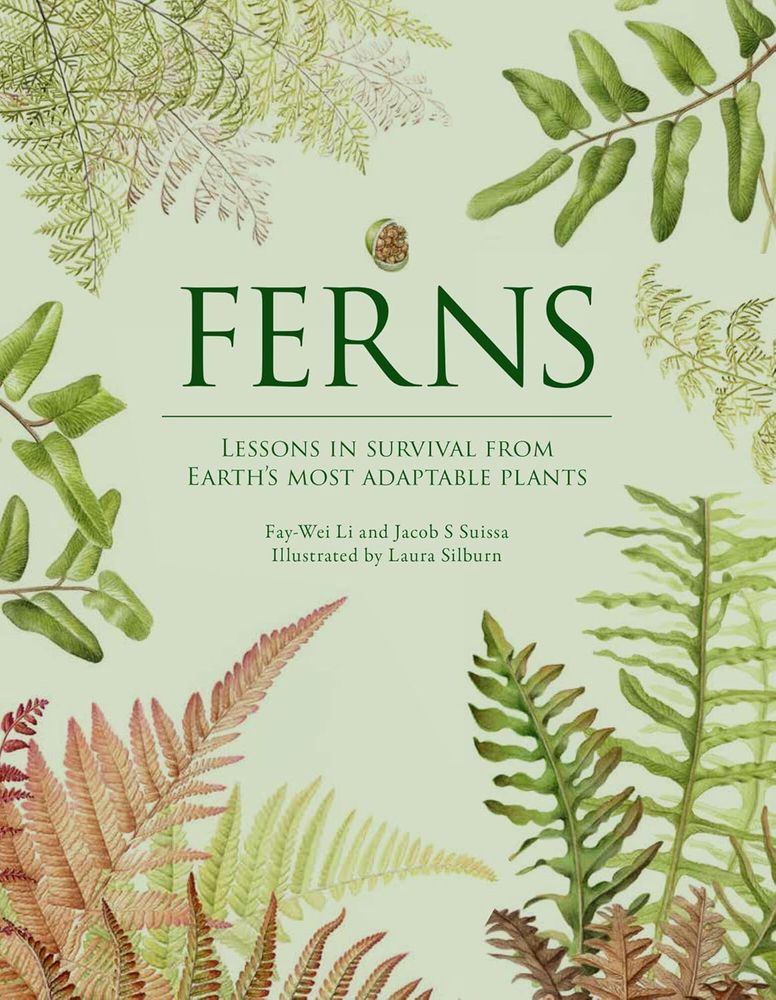
nph.onlinelibrary.wiley.com/doi/10.1111/...
Do you want to learn about the convergent evolution of ECM? Have a look at the thread prepared by Fabian🔽
nph.onlinelibrary.wiley.com/doi/10.1111/...
Do you want to learn about the convergent evolution of ECM? Have a look at the thread prepared by Fabian🔽
@lrsv-toulouse.bsky.social
⬇️
doi.org/10.1111/nph.70054
With: Yvet Boele, @puginiercamille.bsky.social, @mbianc.bsky.social, Cyril Libourel, @maximebonhomme.bsky.social, @kellerjeanphd.bsky.social, @pierremarcdelaux.bsky.social
A thread: (1/5)
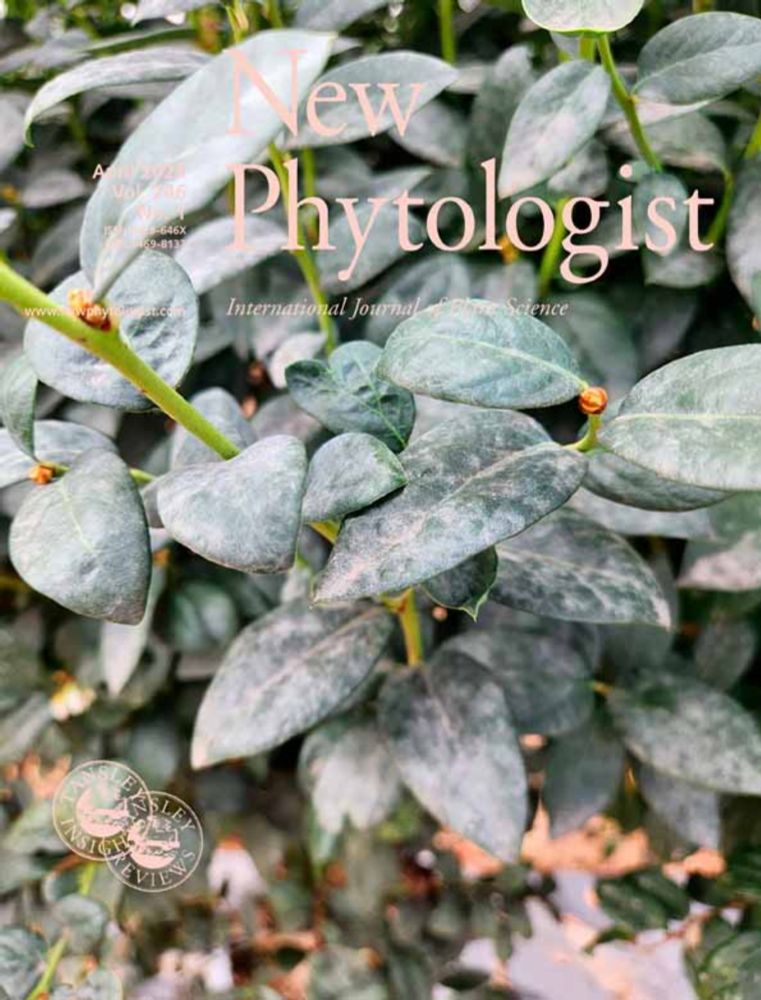
@lrsv-toulouse.bsky.social
⬇️
doi.org/10.1111/nph.70054
With: Yvet Boele, @puginiercamille.bsky.social, @mbianc.bsky.social, Cyril Libourel, @maximebonhomme.bsky.social, @kellerjeanphd.bsky.social, @pierremarcdelaux.bsky.social
A thread: (1/5)

doi.org/10.1111/nph.70054
With: Yvet Boele, @puginiercamille.bsky.social, @mbianc.bsky.social, Cyril Libourel, @maximebonhomme.bsky.social, @kellerjeanphd.bsky.social, @pierremarcdelaux.bsky.social
A thread: (1/5)
Congrats to all involved! Huge achievement 🥳
Check Chloe’s thread about the main findings ⬇️⬇️⬇️⬇️
Here’s a little thread (1/18)
www.nature.com/articles/s41...
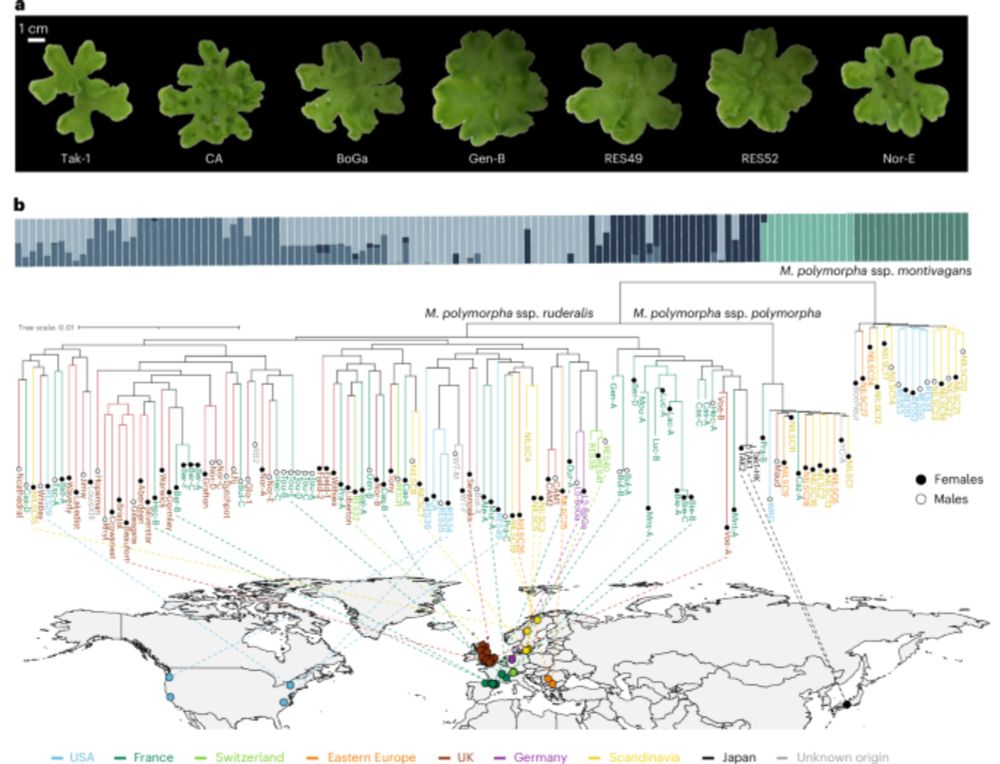
Congrats to all involved! Huge achievement 🥳
Check Chloe’s thread about the main findings ⬇️⬇️⬇️⬇️
Here’s a little thread (1/18)
www.nature.com/articles/s41...

Here’s a little thread (1/18)
www.nature.com/articles/s41...
www.nature.com/articles/s41...
Everything on the discoveries in the thread by @chloe-beaulieu.bsky.social
I want to emphasize 5 additional points:
www.nature.com/articles/s41...
Everything on the discoveries in the thread by @chloe-beaulieu.bsky.social
I want to emphasize 5 additional points:
I’m officially saying bye to @lrsv-toulouse.bsky.social 👋🏼
It’s been 4 amazing years!
Thanks @kellerjeanphd.bsky.social and @pierremarcdelaux.bsky.social for the SUPERvision
Thank you to the EVO team 🙏🏼
Finally, huge thanks to the members of my jury!
Let’s see what’s next now 🔜
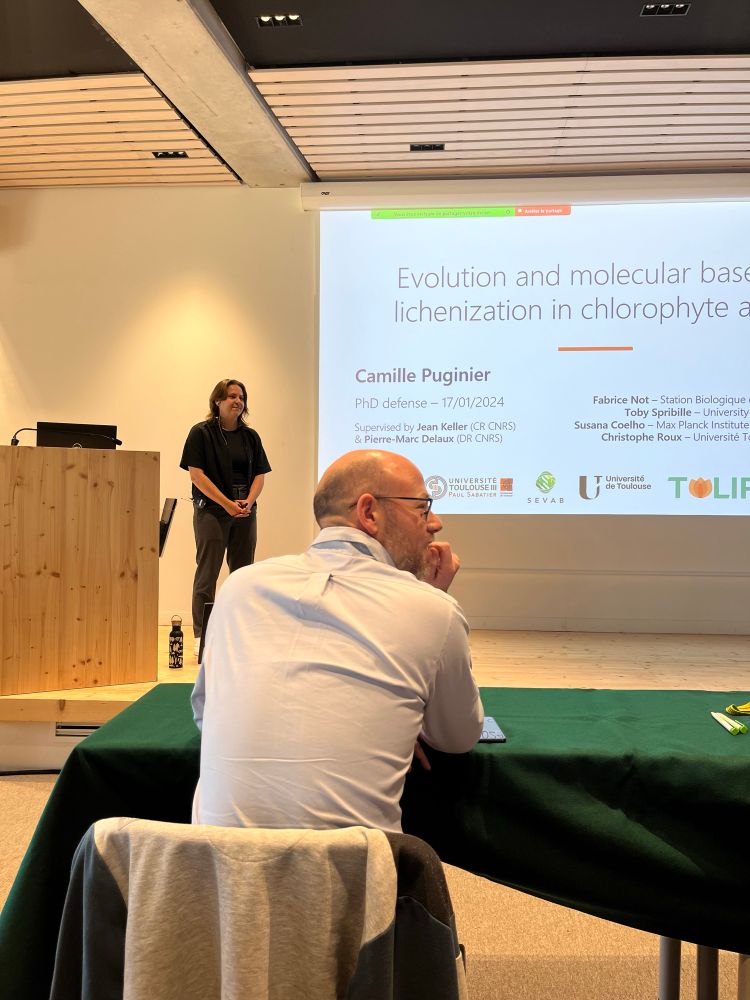
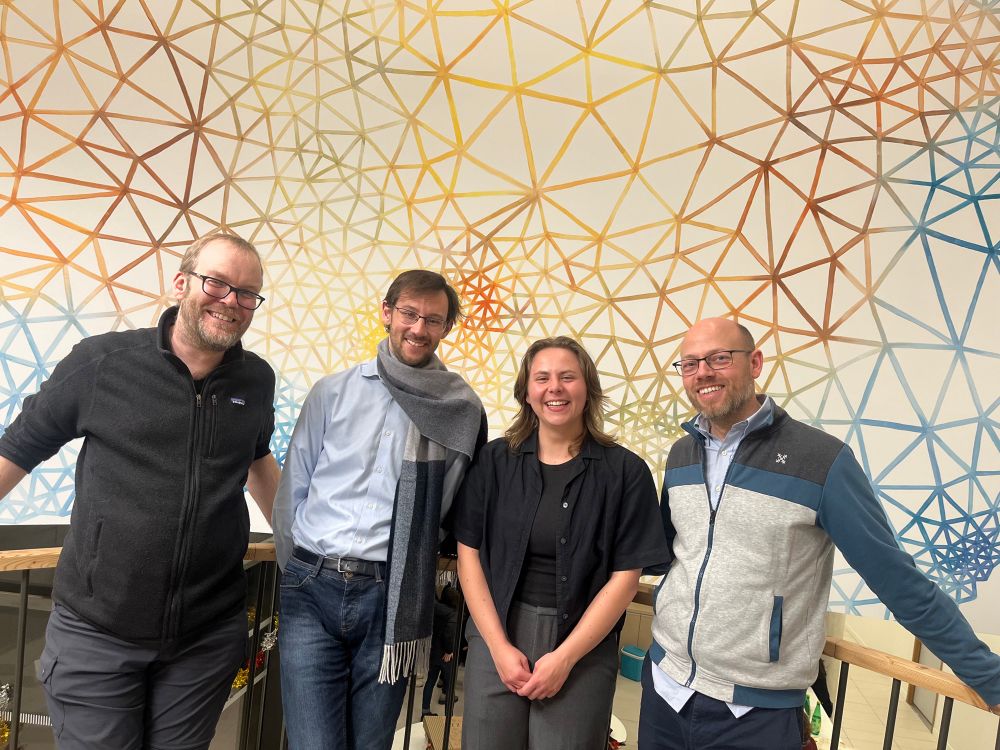
I’m officially saying bye to @lrsv-toulouse.bsky.social 👋🏼
It’s been 4 amazing years!
Thanks @kellerjeanphd.bsky.social and @pierremarcdelaux.bsky.social for the SUPERvision
Thank you to the EVO team 🙏🏼
Finally, huge thanks to the members of my jury!
Let’s see what’s next now 🔜
(The lack of snow in the last few years is terrifying)




(The lack of snow in the last few years is terrifying)

